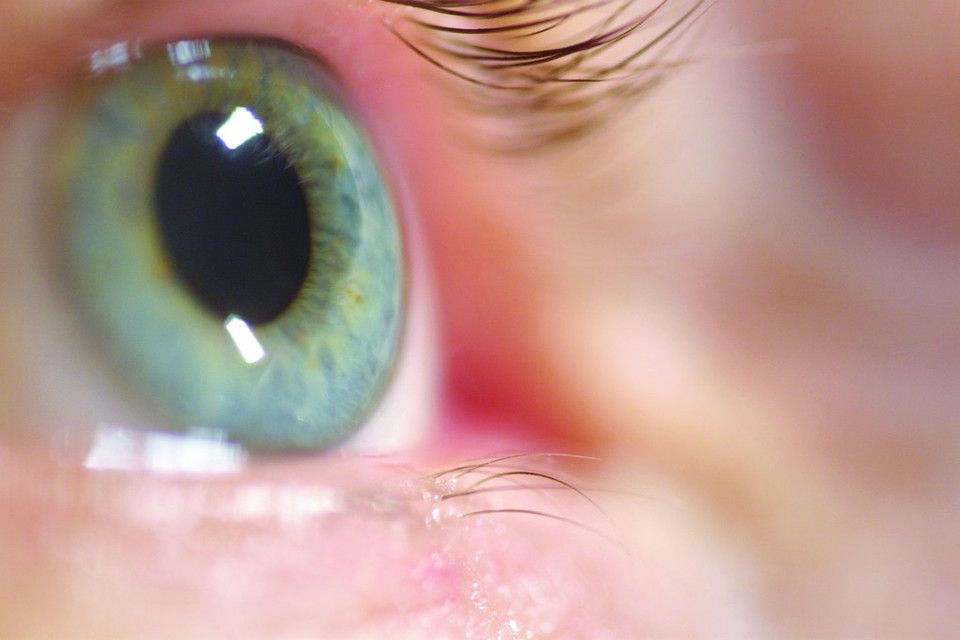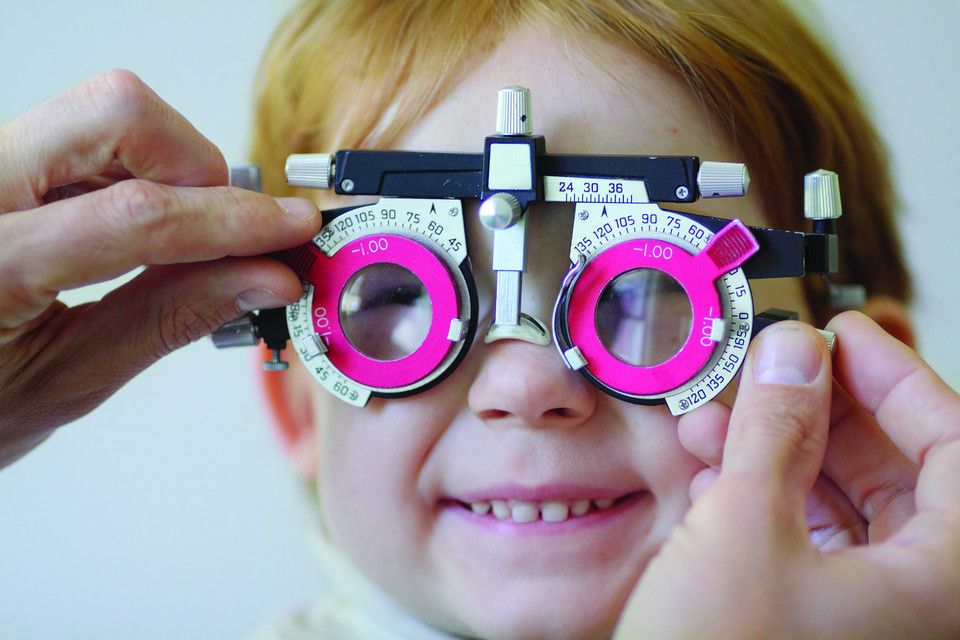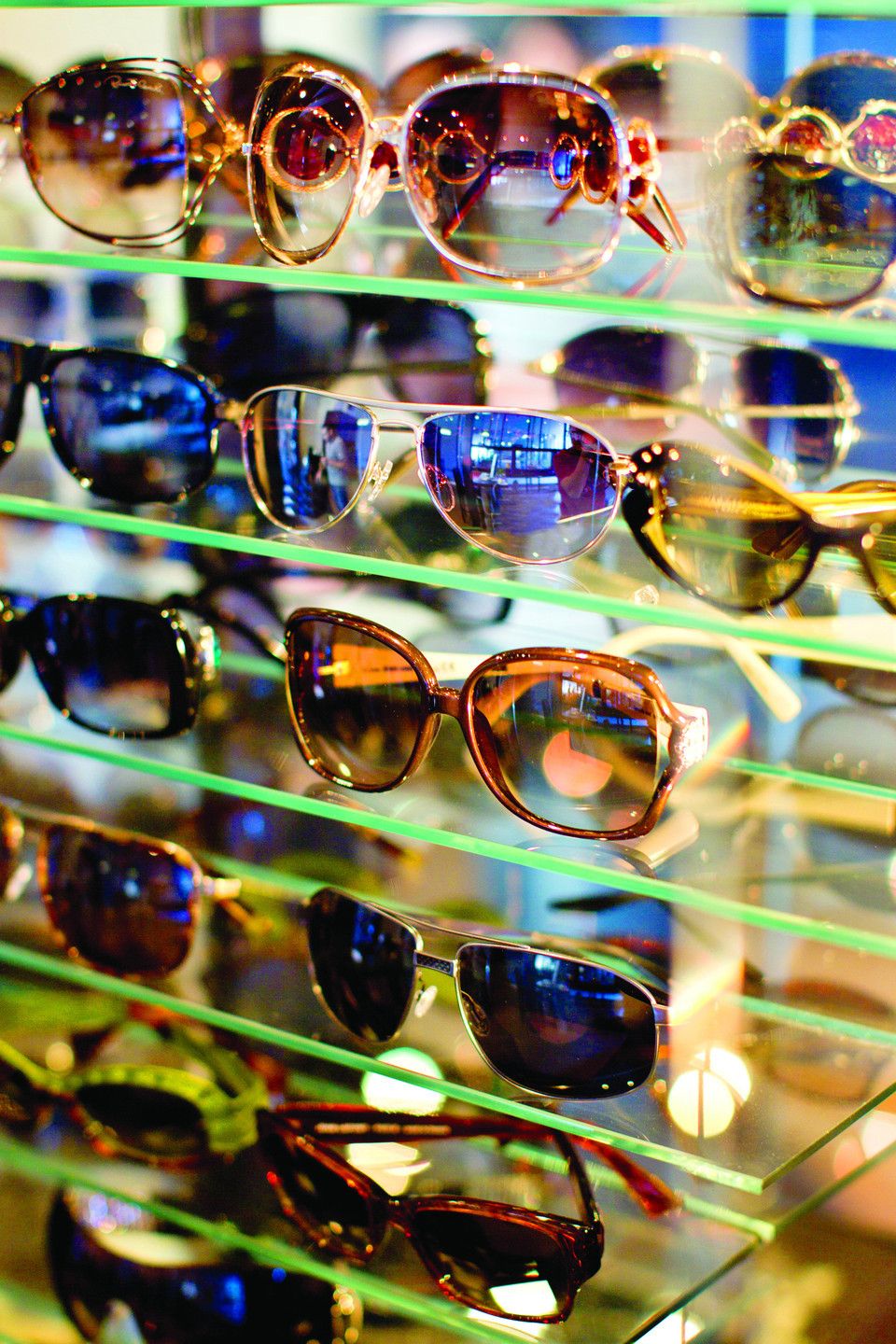Dry Eye Symtoms
Forty percent of Americans suffer from occasional dry eye – a common condition in which the tear ducts make insufficient tears for lubricating and nourishing the eye. Normally, the eye constantly bathes itself in tears. It may not sound logical that dry eye would cause excess tearing, but think of it as the eye’s response to discomfort. If the tears responsible for maintaining lubrication do not keep the eye wet enough, the eye becomes irritated. In addition to providing lubrication for the eye, tears reduce the risk of eye infection, wash away foreign matter in the eye, and keep the surface of the eyes smooth and clear.
SYMPTOMS
Dry eye symptoms include:
SYMPTOMS
Dry eye symptoms include:
- Irritated, gritty, scratchy, or burning eyes
- The feeling of a foreign particle in the eye
- Excess watering
- Blurred vision
- Redness in the eye




